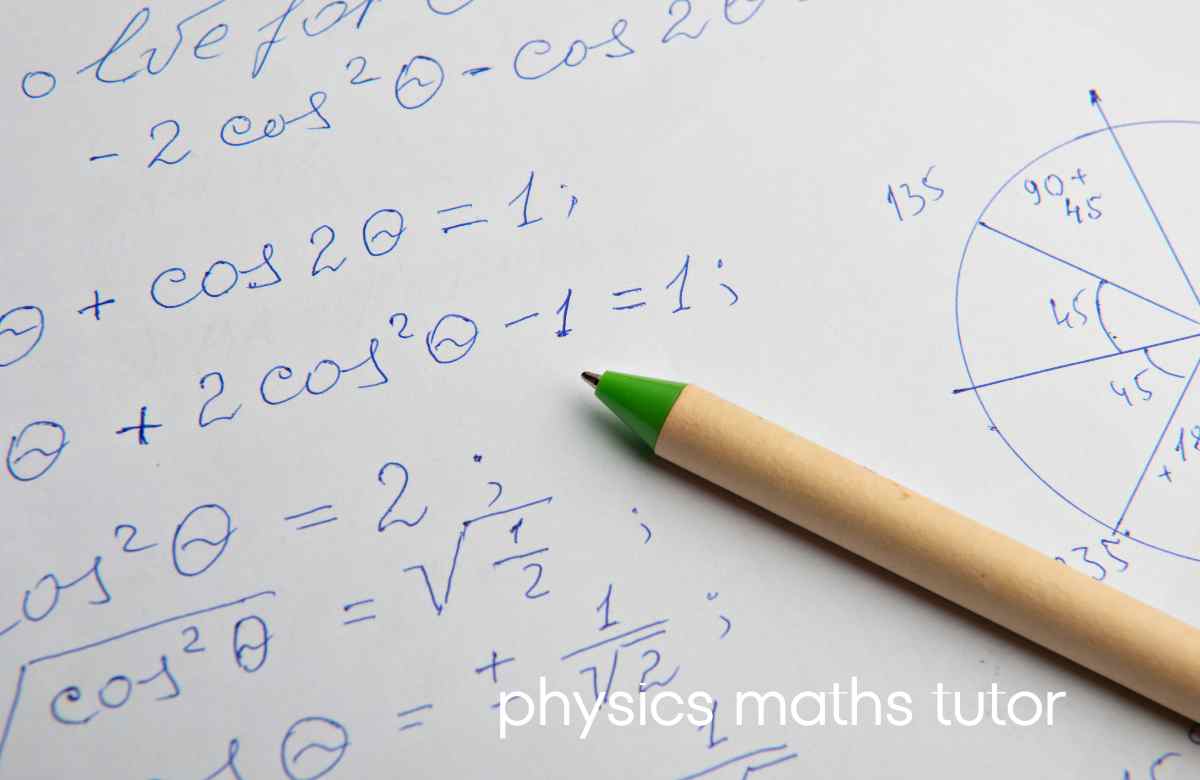In the realm of scientific inquiry, the interplay between physics and mathematics is both profound and essential. Physics, the study of matter, energy, and the fundamental forces of nature, often relies on mathematical principles to model and understand complex phenomena. This guide is designed to illuminate the connections between these two disciplines, offering a structured approach to mastering the mathematical tools necessary for success in physics.
Understanding the Mathematical Foundations
Fundamental Concepts in Algebra and Calculus
A solid grasp of algebra and calculus is crucial for tackling advanced physics problems. Algebra provides the foundational skills needed to manipulate equations and solve for unknown variables. Calculus, on the other hand, allows for the analysis of change and motion, which are central to many physical theories. Topics such as differentiation and integration will be explored in depth, highlighting their applications in understanding rates of change, optimization, and areas under curves.
Vector Analysis: The Language of Physics
Vectors and Their Applications
Vectors are indispensable in physics for representing quantities that have both magnitude and direction. Mastery of vector operations, such as addition, subtraction, dot products, and cross products, is essential for analyzing forces, velocities, and fields. This section will provide a thorough overview of vector analysis, including practical examples and problem-solving techniques relevant to various branches of physics.
Differential Equations: Modeling Physical Systems
Solving Differential Equations in Physics
Differential equations are pivotal in describing the behavior of physical systems. Whether dealing with oscillations, wave equations, or heat conduction, the ability to formulate and solve differential equations is critical. This section will cover different types of differential equations, including ordinary and partial equations, and their solutions using various methods such as separation of variables and numerical techniques.
Applying Mathematical Techniques to Physics Problems
Practical Problem-Solving Strategies
Applying mathematical techniques to physics problems involves more than just solving equations. It requires a deep understanding of the physical principles at play and the ability to translate these principles into mathematical language. This section will provide strategies for approaching complex problems, including dimensional analysis, approximation methods, and the use of symmetry and conservation laws.
Advanced Topics: Quantum Mechanics and Relativity
Mathematics in Modern Physics
In advanced areas of physics such as quantum mechanics and relativity, mathematics takes on an even more central role. Concepts like complex numbers, linear algebra, and tensor calculus become essential. This section will introduce these advanced mathematical tools and discuss their applications in modern physical theories, providing a bridge between theoretical concepts and practical applications.
Conclusion: Integrating Mathematics and Physics for Success
Synthesizing Knowledge for Future Exploration
The integration of mathematics and physics is not just about solving problems but about fostering a deeper understanding of the natural world. By mastering the mathematical techniques outlined in this guide, students and professionals alike can enhance their ability to explore and innovate in the field of physics. Continued practice and exploration will lead to a more profound appreciation of the elegant connection between these two disciplines.
Additional Resources and Further Reading
Expanding Your Knowledge
To further enhance your understanding of physics and mathematics, additional resources such as textbooks, online courses, and academic journals can be invaluable. This section will recommend further reading materials and tools to aid in the continued development of your skills and knowledge.









